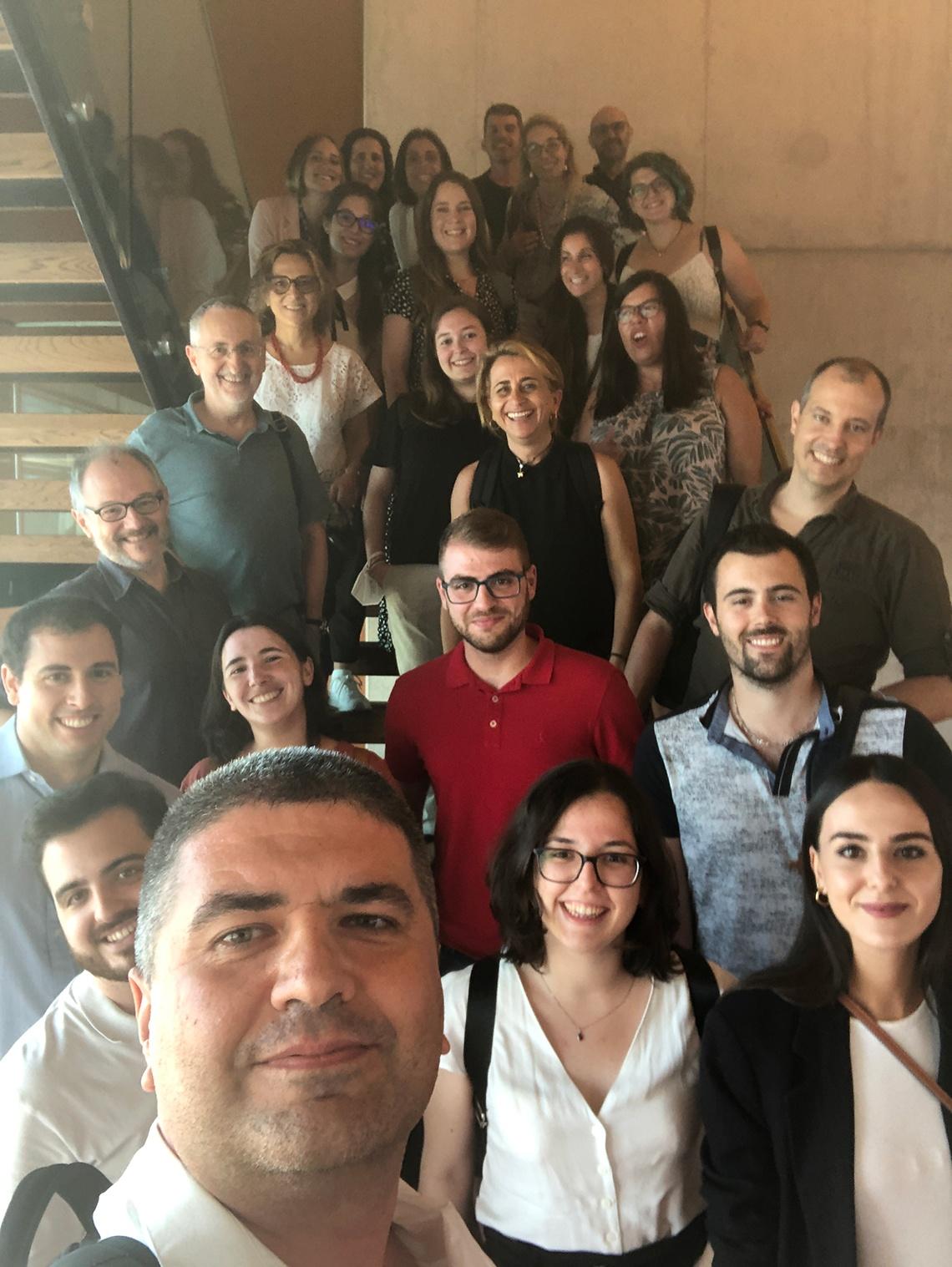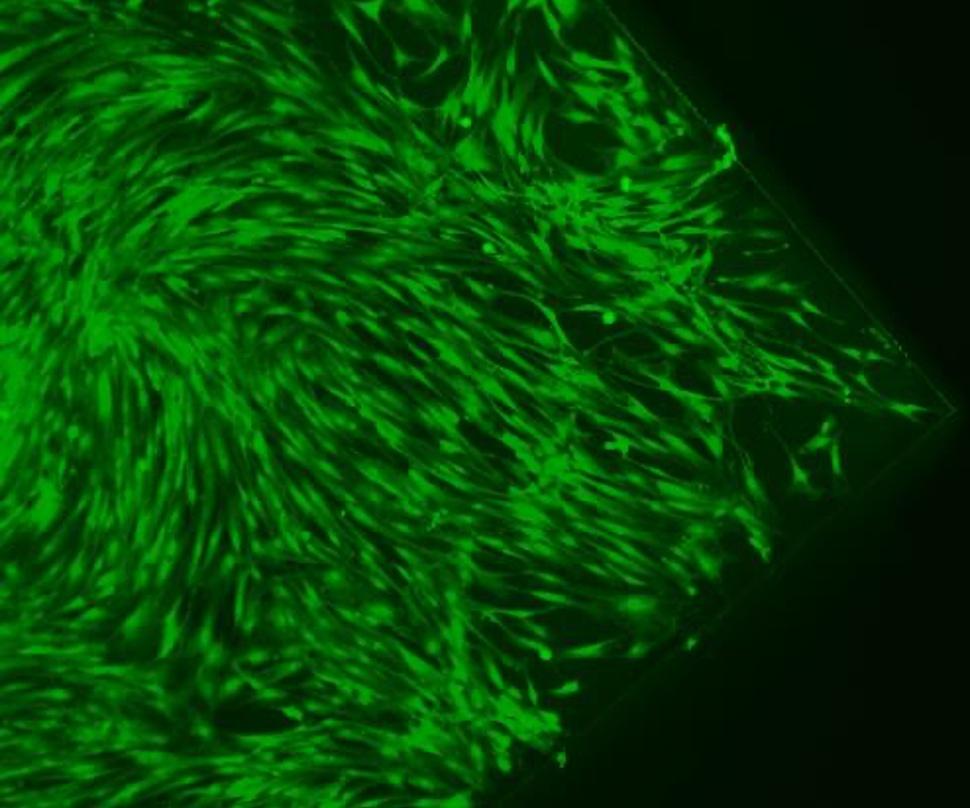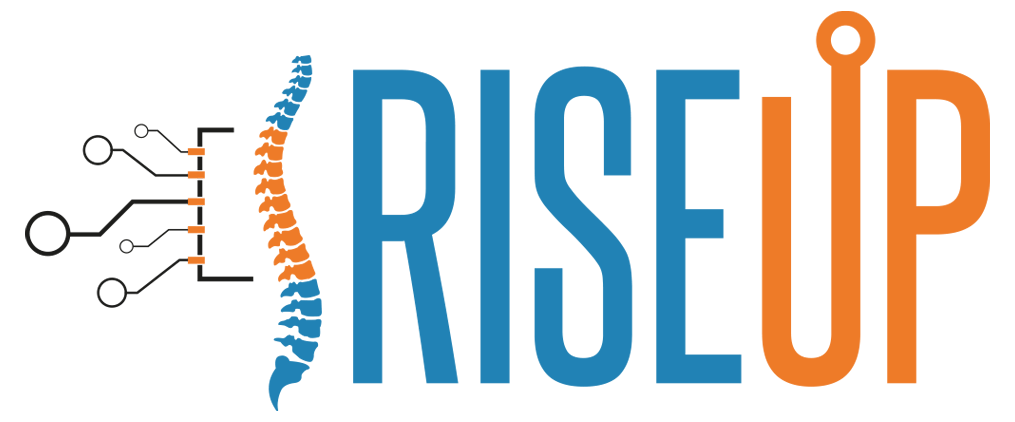NEWS & EVENTS
Health: A new device to regenerate spinal cord injuries
A European consortium involving partners from France (CNRS - Centre National de la Recherche Scientifique), Italy (ENEA, Sapienza University of Rome and RISE Technology) and Spain (UPV - Universitat Politècnica de València and CIPF - Centro Investigación Príncipe Felipe), is developing a device mounted with a mini-electrode conformable to the curvature of the spinal cord to regenerate injuries. This is being done as part of the European project RISEUP1.
The device is part of an innovative strategy based on the electrical stimulation of transplanted stem cells in the damaged region. In particular, RISE Technology, together with Sapienza, developed the flexible mini-electrode and UPV the support on which it is mounted. ENEA tested all the components to verify their biocompatibility.
"In the experimentation phase, it was observed that mesenchymal stem cells (MSCs)2 grow on both the flexible electrode and the support, multiplying and remaining vital up to 8 days after the initial positioning, showing that the structures that make up the bio-hybrid have absolutely no harmful effect on the cells," emphasizes Claudia Consales, ENEA researcher at the Health and Environment Laboratory and project coordinator.
"This year, thanks to our activities, those of CNRS and CIPF, we have made significant progress in the study of the biological effects of electric fields on stem cells and cells of the immune system, in order to evaluate the effect of electrical stimulation both for cellular differentiation and reduction of inflammatory processes," adds Consales. Completed activities include technology for the production of a completely flexible and biocompatible electrode and the development of an electrical stimulation protocol to control the fate of the cells.
"RISEUP involves the participation of many young doctoral students and researchers, with a strong female participation, who are the real protagonists of the project's activities, from experimental work to communication and support in management. We still have a year and a half of work within the project, but we are confident that we can contribute to the development of new electroceutical strategies applicable to the treatment of various pathologies," concludes Consales.
In June, the next review meeting of the RISEUP consortium is scheduled to take place in Villejuif, France, during which the European Commission, with the support of a panel of expert reviewers in the field, will assess the correct implementation of the project procedures, as well as the appropriateness of the experimental part.

Far far away, behind the word mountains, far from the countries Vokalia and Consonantia, there live the blind texts.

MSCs cells grown for 8 days on the bio-hybrid. The cells are highlighted with a dye that stains the living cells in green.
Notes
[1] Regeneration of Injured Spinal cord by Electro pUlsed byo-hybrid aPproach, funded under the H2020- FETOPEN (Future Emerging Technologies, novel ideas for radically new technologies) 2018-2020 program.
[2] Stem cells present in various fetal and adult tissues, such as the umbilical cord, placenta, bone marrow, adipose tissue, and synovial fluid. They have the potential to differentiate only into certain types of cells (multipotency), but in addition to this capacity, they have important trophic, immunomodulatory, and paracrine properties that play a fundamental role in tissue healing and regeneration.








